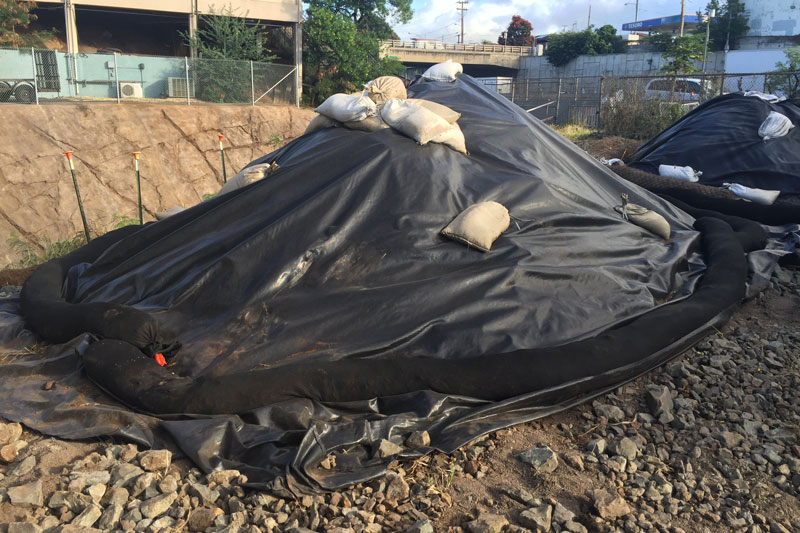Is your stockpile protected?
Stockpiling material on construction sites is almost always needed at some point during the life of a project, so proper planning is needed to ensure that adequate best management practices (BMPs) are in place to prevent stockpiled material from polluting storm water.
When choosing the type of protection for sediment or soil stockpiles, the following should be taken into consideration:
- type of material being stockpiled;
- distance to natural buffers;
- proximity to concentrated storm water flows;
- installation requirements; and
- maintenance requirements.

BMPs for protecting stockpiles include adequate cover or temporary stabilization as well as temporary sediment perimeter controls at the base of the stockpile. Plastic, geotextile, erosion control blankets, or temporary seed are often used to cover stockpiles. Temporary sediment perimeter controls, including silt fence, filters socks, or fiber rolls, may be placed a short distance from the base of the stockpile. Maintaining a short distance from the base of the stockpile to the perimeter control is important as it allows water to pond, if needed.
Maintenance of BMPs for stockpile protection includes replacing or repairing covers and perimeter controls and re-applying temporary stabilization, when needed.
Always check the regulatory requirements for managing and protecting material that may need to be stockpiled on a project, including both City and State permits. Additionally, it is important for projects with site specific best management practice plans or storm water pollution prevention plans to address the protection of stockpiled material in the plans and to implement the plan onsite.
Adequate protection of stockpiled materials helps to protect our valuable marine environment and ensures that the project stays in compliance.

